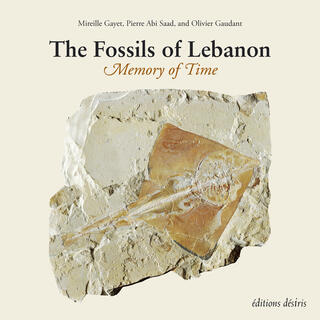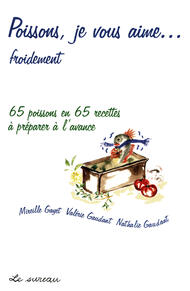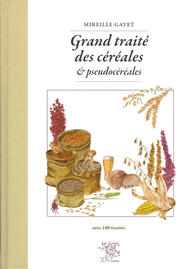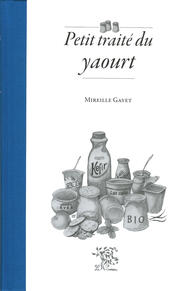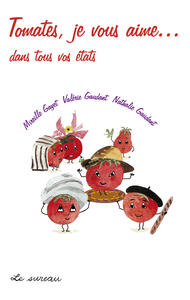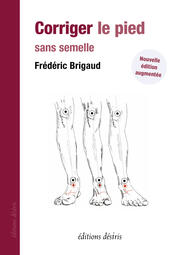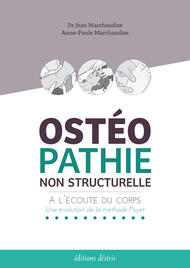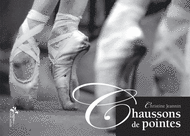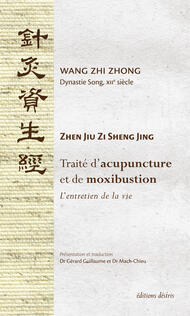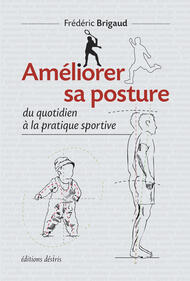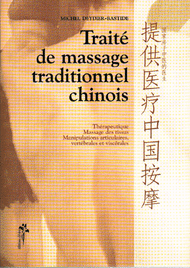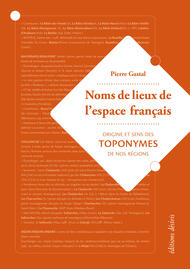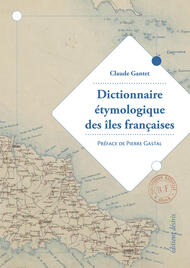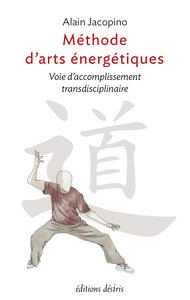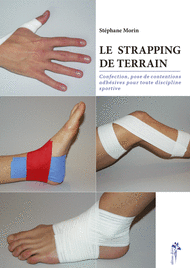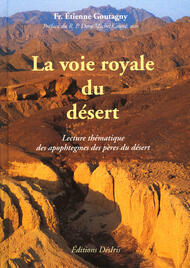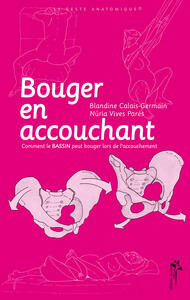Ebook : The Fossils of Lebanon
- Nombre de pages : 192
- ISBN : 978-2-915418-97-2
- Prix : 29,99 €
Lebanon's "stone fishes" are among the most beautiful fossils in the world, and bear witness to a period one hundred million years in the past.
Long before it became an independent country, travelers had already made Lebanon famous for the stones that bear impressions of fishes and crustaceans, now displayed in so many museums or carefully preserved in private collections. And for many years, questions concerning the fossilization of these marine animals and their presence on mountain tops far from any present-day shores have remained unanswered.
This publication is the fruit of a cooperative endeavor by Mireille Gayet, a paleoichthyologist and honorary research director at the CNRS, who has studied many groups of fossil fishes in order to understand and reconstruct their history, and Pierre Abi Saad, a Lebanese archeologist and a passionate collector of his country's fossil fishes. His remarkable collection is brought to life here by the skills of Olivier Gaudant, a photographer and computer graphics artist.
The abundance of illustrations, the clarity of the descriptions, and the accuracy of the information ensure that this book is at once a wonderful storehouse of illustrations, a valuable scientific study, and an amazing ramble through the Land of Cedars. It is a description of a national heritage that is sure to fascinate every amateur or scientific student - or anyone interested in fossils.
Los peces de piedra del Líbano forman parte de los fósiles más bellos del mundo, son testigos de una época que data de unos cien millones de años. Mucho antes de su independencia, los viajeros celebraban las piedras incrustadas con peces o crustáceos del Líbano, las mismas que se exponen hoy en muchos museos o se protegen celosamente en colecciones privadas. Durante mucho tiempo, las preguntas sobre la fosilización de esos animales marinos o sobre su presencia en la cima de algunas montañas, lejos de las costas actuales, no encontraron respuesta. Liban, mémoire du temps nace del encuentro de un libanés, Pierre AbiSaad, arqueólogo, buscador ferviente y apasionado de fósiles de peces de su país, dueño de una extraordinaria colección, y de dos investigadoras paleontólogas francesas. Mireille Gayet, paleoictióloga, directora de investigación del CNRS, ha estudiado muchos grupos de peces fósiles para analizar y reconstituir su historia. Anne Belouze, catedrática de Ciencias Naturales, ha intentado comprender la vida pasada de las anguilas, cuyos más antiguos representantes conocidos se encuentran en Líbano. Olivier Gaudant por último, fotógrafo e infografista, que ha dado vida a esos magníficos fósiles gracias a la imagen. Reproducciones minuciosas, comentarios claros y rigor de información convierten este libro en una maravillosa colección de ilustraciones, un valioso estudio científico y un sorprendente viaje al país del cedro testimonio de un patrimonio que seducirá a todo el que se acerque al mundo de los fósiles por afición, interés científico o mera curiosidad.
Foreword
The record of discoveries
History and structure
Methods of study
I. PLANTS
II. “INVERTEBRATES”
1. WORMS
2. MOLLUSKS
Bivalves
Gastropods
Cephalopods
3. ARTHROPODS
Chelicerates
Crustaceans
Crabs
4. ECHINODERMS
Crinoids
Ophiuroids
III. VERTEBRATES
1. CHONDRICHTHYANS
Saw sharks
From the smallest to the biggest
Saw sharks
Rays
Sawfishes
Guitarfishes
Sunfishes
2. ACTINOPTERYGIANS (ray-finned fishes)
Fishes with ganoid scales
Pycnodontiforms
Halecomorphs
Teleosteans
Aspidorhynchids
Ichthyodectids
Elopiforms
Albuliforms
Anguilliforms
Pachyrhizodontids
Tselfatiiforms
Clupeomorphs
Gonorynchiforms
Salmoniforms
Cheirothrissids
Alepisauriforms
Aulopiforms
Ctenothrissiforms
Pattersonichthyiforms
“Paracanthopterygians”
Acanthopterygians
3. COELACANTHIFORMS
4. TETRAPODS
Tortoises
Pterosaurs
Birds
Glossary
Bibliography

Nos ebooks sont des versions PDF homothétiques des livres de nos catalogues. Ils ne sont donc pas modifiables (changement de corps pour la police, modification des images). La pagination est donc respectée et la première page du livre est remplacée par la couverture.
Ce format peut être lu par le logiciel Acrobat © sur des ordinateurs ou tablettes tactiles de type iPad, Archos, Asus ou autres.
